We may earn money or products from the companies mentioned in this post. This means if you click on the link and purchase the item, I will receive a small commission at no extra cost to you ... you're just helping re-supply our family's travel fund.

There’s nothing like a freshly inscribed UNESCO site to supercharge a travel list. This year’s newcomers span fairy tale palaces, luminous coastlines, deep time rock art, and mountain monasteries, all places where culture and landscape meet in unforgettable ways. Think bucket list icons you’ve dreamed of alongside revelations you’ve never heard of, each recognized for outstanding universal value. Ready to plan smarter and wilder? Let’s step through 10 that earn a spot, and then some.
The Palaces of King Ludwig II of Bavaria, Germany
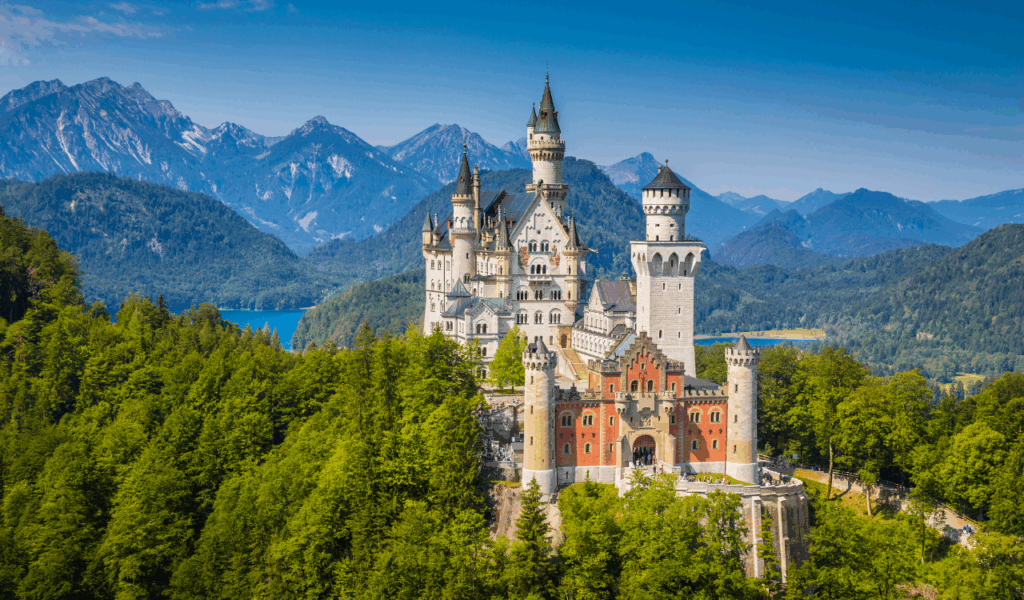
Fairy tale silhouettes meet engineering bravura across Neuschwanstein, Linderhof, Schachen, and Herrenchiemsee. Ludwig’s theatrical vision fused medieval romance with cutting edge 19th century tech, central heating, electric lighting, even a hydraulic stage fountain. Their inscription recognizes an ensemble that crystallizes European historicism and monarchical myth making, where architecture performs as national dreamscape amid Bavarian alpine drama.
Mons Klint, Denmark
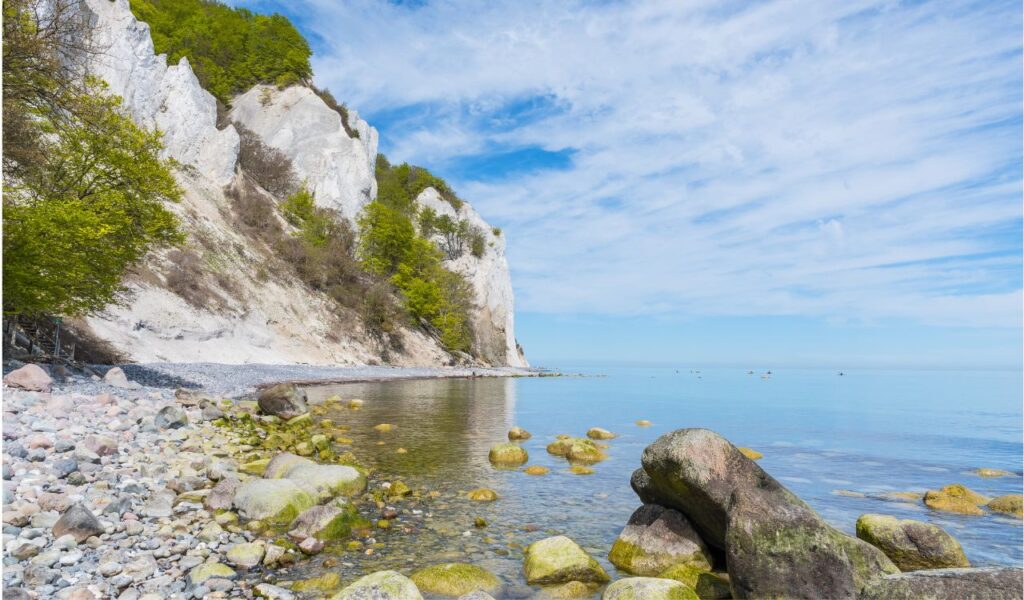
A 70 million year chalk escarpment blazing white against the Baltic, these 120m cliffs are made from microscopic coccolith fossils. The site’s star studded Dark Sky and fossil strewn beaches turn geology into a living museum. Recognition celebrates an intact coastal landscape where beech forests tumble to turquoise water, revealing climate archives in exposed strata and a fragile habitat for peregrine falcons and rare orchids along constantly shifting edges.
Megaliths of Carnac and the Shores of Morbihan, France
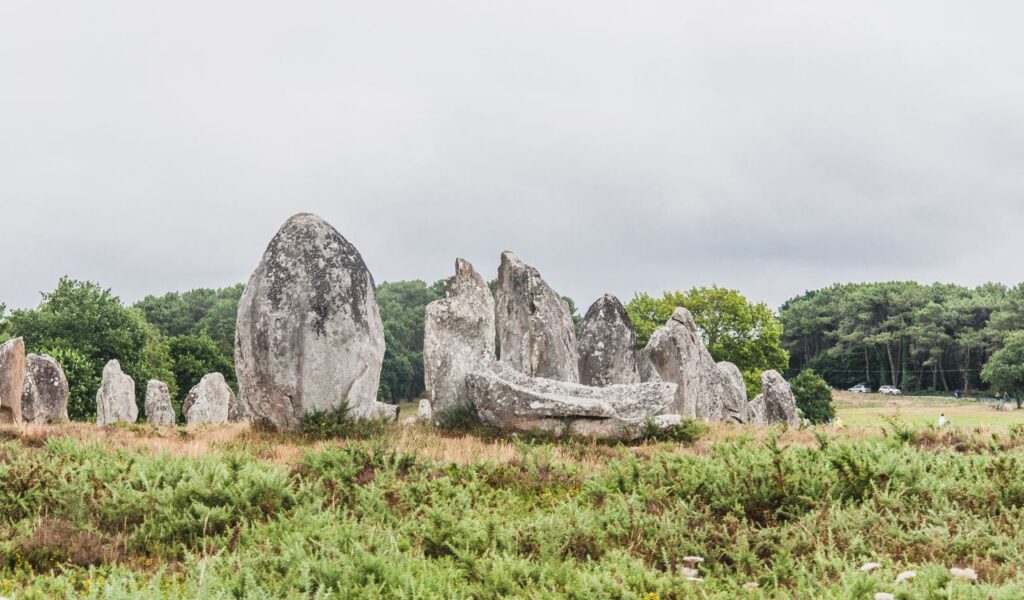
More than 3,000 Neolithic stones march toward the Atlantic in alignments and tumuli that predate Stonehenge. The inscription honors an unparalleled concentration of megalithic architecture illuminating ritual, astronomy, and social organization. Their purpose remains debated, from ancestor cults to celestial calendars, while Breton folklore adds mythic texture. Tide laced islands and windswept heaths frame this prehistoric theater at land’s end.
Murujuga Cultural Landscape, Australia
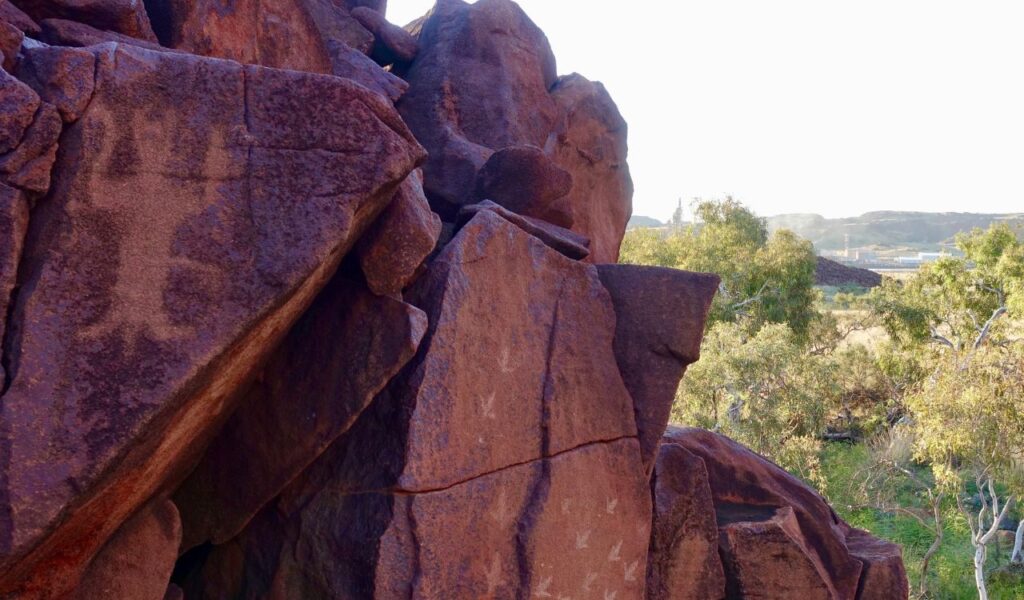
Among the densest rock art assemblages on Earth, Murujuga’s petroglyphs span at least 40,000 years, depicting thylacines, human figures, and sea life across iron red islands. Recognition centers Indigenous living culture and deep time continuity, as motifs track post Ice Age coastlines and rising seas. These panels record vanished species and shoreline migrations, a memoryscape engraved in stone and tide where cultural knowledge has endured across millennia.
Yen Tu Vinh Nghiem Con Son, Kiep Bac Complex of Monuments and Landscapes, Viet Nam
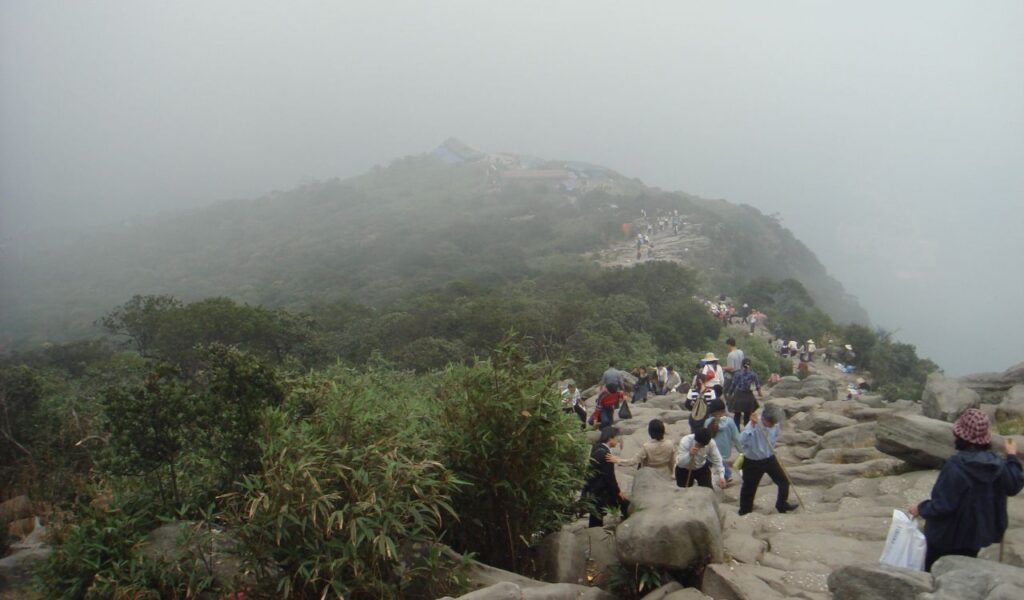
Mountain monasteries, pilgrimage routes, and Truc Lam Zen heritage form a living mandala of meditation, printing, and forest culture. Inscription recognizes a rare synthesis of spiritual governance and landscape stewardship. Woodblock sutras at Vinh Nghiem speak to a scholarly lineage, while dawn mists on Yen Tu recall eras when kings became monks. Pavilions open to ravines and clouds, letting bell toned quiet shape the experience.
Maratha Military Landscapes of India
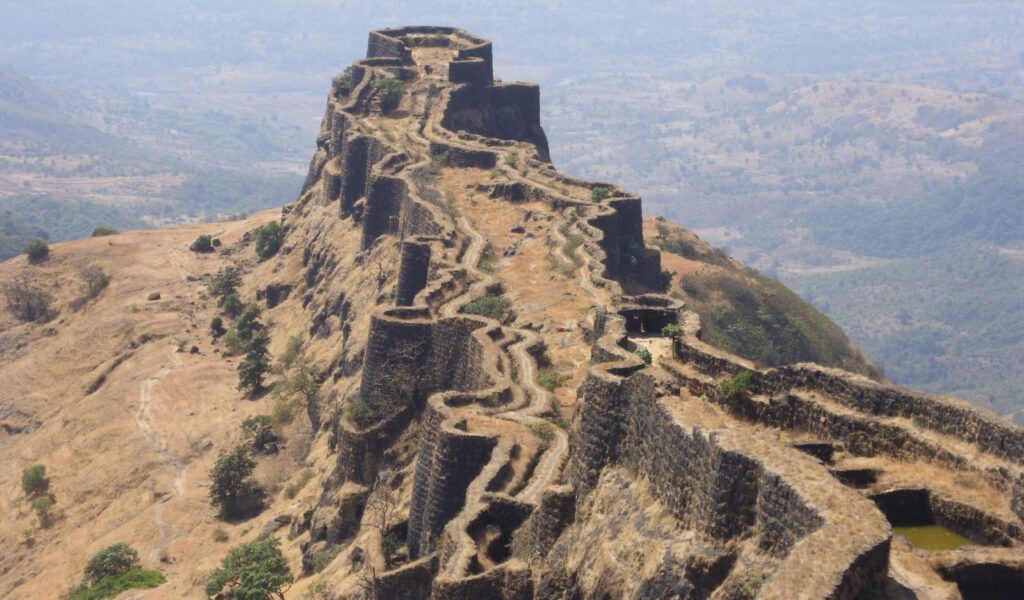
Dozens of Sahyadri hill forts like Raigad and Pratapgad turned mountain spines into naval like strongholds. Water harvesting, layered gates, and camouflaged paths exemplify landscape warfare adapted to monsoon geology. Inscription celebrates a polity that mastered terrain over palace pomp, reading ridgelines like sea lanes. Rock cut cisterns and zigzag approaches confounded siege elephants, mapping strategy onto cliffs, cloud, and seasonal rhythms.
Sardis and the Lydian Tumuli of Bin Tepe, Türkiye
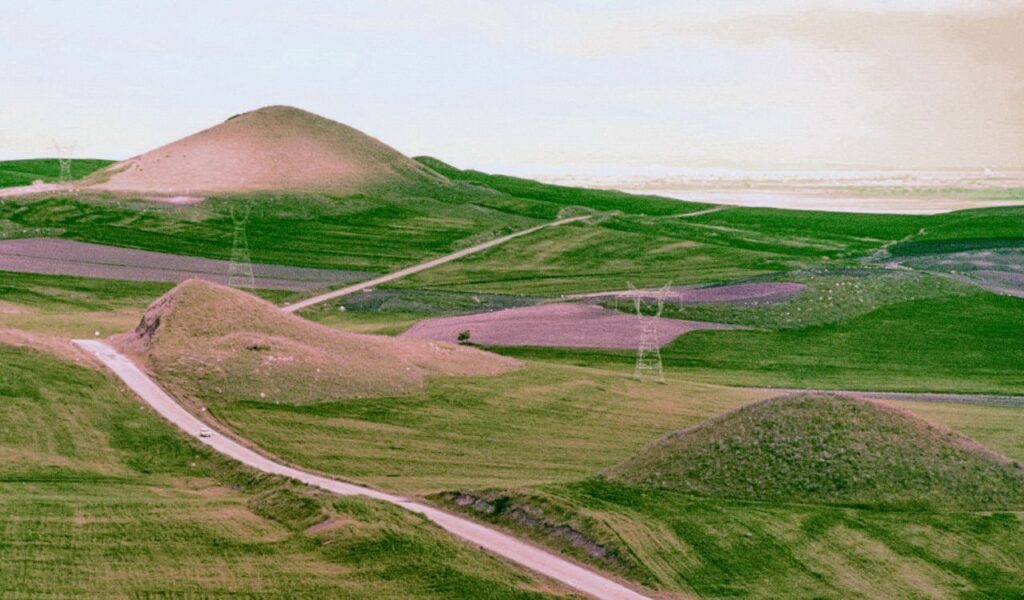
Capital of King Croesus, Sardis birthed coinage that reshaped trade. Ionian temples, a monumental synagogue, and gold refining works meet a sea of royal mounds across Bin Tepe’s skyline. The inscription recognizes economic innovation and cultural hybridity at Anatolia’s crossroads. Electrum mints, ritual spaces, and earthen pyramids together tell a story of power, piety, and exchange that still contours the land.
Xixia Imperial Tombs, China

The Tangut Empire’s pyramids rise from the Ningxia floodplain; earthen mounds aligned to cardinal skies. Their architecture, once stuccoed and painted, blends steppe, Tibetan Buddhist, and Chinese influences along Silk Road corridors. Inscription highlights a vanished script and civilization that bridged cultures. Finds suggest sophisticated planning and art, while the Helan Mountains cast shifting light across a desert horizon of memory and empire.
Colonial Transisthmian Route of Panama
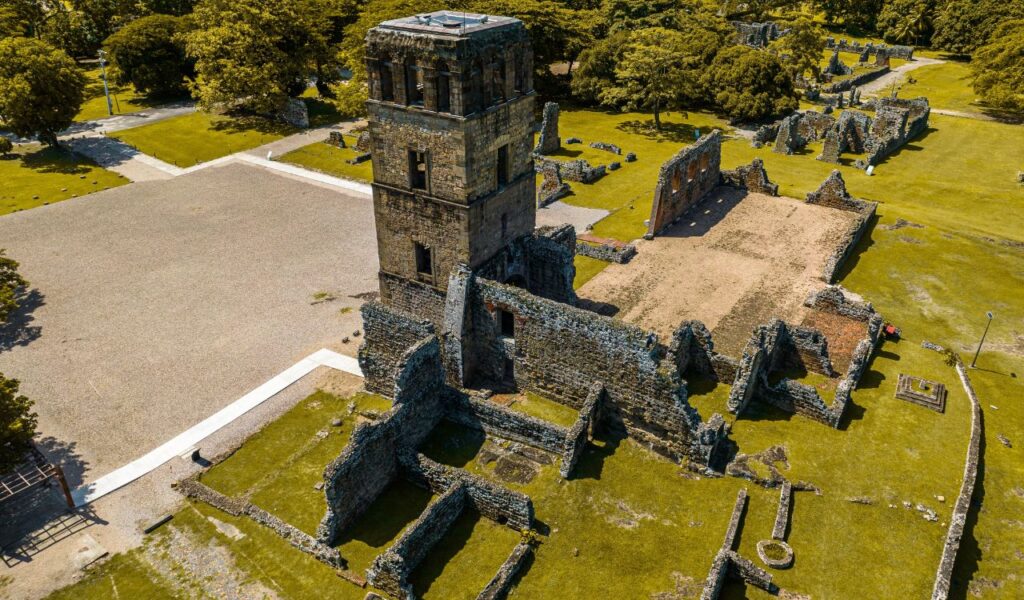
Long before the canal, Las Cruces and Camino Real carried Andean silver from Pacific to Caribbean. Forts, warehouses, and stone set paths charted the first sustained interoceanic artery. Inscription honors a corridor that rewired global economies and imperial power. Jungle pavements still show iron cart ruts, and river bends recall privateers shadowing fleets, a place where geography itself shaped risk, fortune, and the course of history.
Rock Paintings of Shulgan Tash Cave, Russia
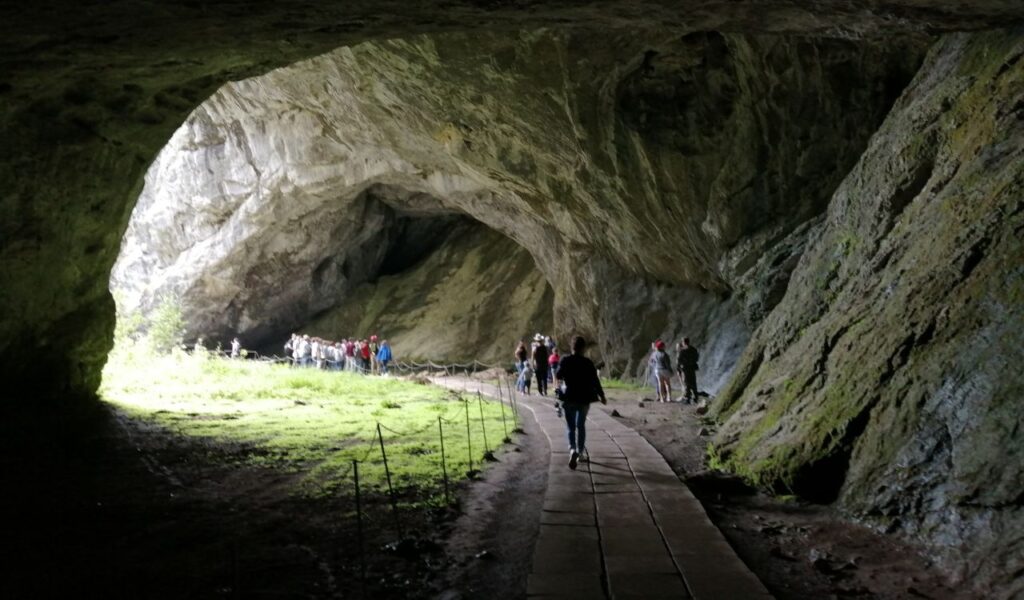
Paleolithic panels of mammoths, rhinoceros, and abstract signs ripple across limestone chambers dated to the Ice Age. The inscription underscores an unusually intact, multi-phase art sequence with rare handprints and negative images. Calcite veils preserve figures like ghosts behind mineral glass, while acoustics hint at performance with shadow, echo, and torchlight. It reads like an ancient cinema, etched in stone and illuminated by fire.